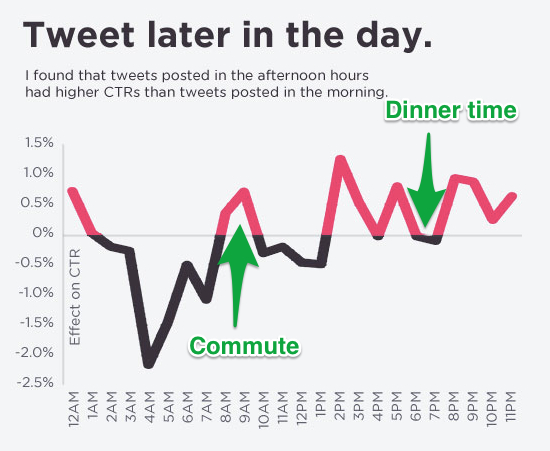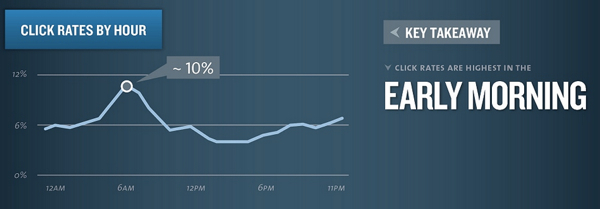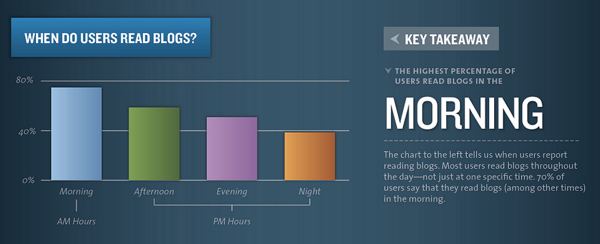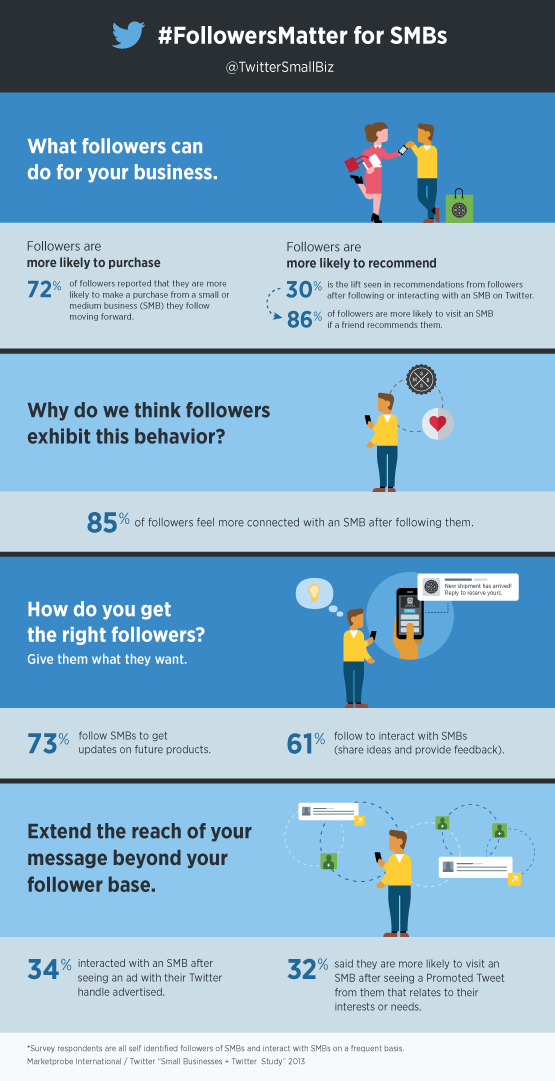I recently came across an insightful article that can apply to any of us in this information (overload) age. The original location of the article in on the Longhorn Leads website on July 16th.
 In a world that seems to be saturated with social media use, it can be difficult to recognize the very blurry line between normal usage and dependence. Much like drugs or alcohol, social media can become a real addiction for those that are prone to compulsive behavior. Maintaining a normal level of connectivity with the people on your friends list without becoming so fixated on those sites that you begin to miss out on face-to-face interaction is possible, but it requires a certain level of discipline and the ability to objectively appraise your own level of social media usage.
In a world that seems to be saturated with social media use, it can be difficult to recognize the very blurry line between normal usage and dependence. Much like drugs or alcohol, social media can become a real addiction for those that are prone to compulsive behavior. Maintaining a normal level of connectivity with the people on your friends list without becoming so fixated on those sites that you begin to miss out on face-to-face interaction is possible, but it requires a certain level of discipline and the ability to objectively appraise your own level of social media usage.
While a social media addiction isn’t likely to cause the physical destruction that comes with substance abuse or alcoholism, it can very easily become an impediment to living a normal, productive life. There are very real repercussions stemming from behavioral addictions which can dramatically impact the life of not only an addict, but also those around them. These tips can help you spot a budding addiction and cut it off at the pass, as well as address the issue with loved ones that are becoming unhealthily fixated on the Internet and social networking sites, in particular.
Keep Your Network Manageable
When you see the number next to your list of friends growing, it can be a very exciting and fulfilling affirmation of your popularity and desirability. After all, if so many people have sent or favorably responded to friend requests, you must be a sought-after person. Still, a cumbersome friends list means that you’ll eventually be bogged down with updates, and simply staying abreast of the changes documented in your newsfeed can become a full-time job. The first step to staving off a social media dependency is to keep your friends list at a realistic, manageable level. You can’t possibly stay on top of the big events and random thoughts of a thousand people while remaining productive and active in real life. Don’t approve every friend request you get, and don’t send requests out to people that you don’t have an actual, real-life connection to. This will help ensure you’re not spending valuable time congratulating the engagement of a relative stranger or liking the updates of a celebrity you’ll never meet.
Learn How Filtering Lists Work, and Use Them
If you use your social media account as a professional networking tool, you’ll have to add people that you don’t have a personal relationship with in order to expand your reach. There are filtering options built in to all the major social networking sites that will allow you to separate your contacts into more manageable lists. In addition to saving you time and limiting the amount of energy you pour into a social networking site, these lists can also help you ensure that the content you share is visible only to relevant contacts. Your business acquaintances won’t be looking at your family vacation photos, and your parents won’t be reading your work interactions.
Pare Your Networking Site List Down
There are a plethora of social networking sites on the Internet, all with what seems to be a specific purpose. You can easily spend hours between four or five sites with which you have an account, feeding the beginnings of a social media addiction. Instead of maintaining profiles all over the web, try to limit the number of sites you use. When you can check all of your updates and interact in a reasonable amount of time, you won’t be roped in to spending hours on separate sites. It’s also easy to lose track of just how much time you’re spending on social media collectively when the usage is broken up between several sites. If you spend two hours a day using four separate sites, you’re effectively putting in a full day’s work, just browsing your social networks! You may not notice hours spent on several sites like you would if you spent six straight hours on Facebook alone.
Use Blocking Apps and Timers
If you run an Internet browser that allows apps, plugins and extensions, peruse the Productivity section for functions that will periodically block “time wasting” websites. When you’re forced to disable a plugin before logging on to your Twitter account, you’re more likely to think twice about how much time you’re investing in your online social life that could be spent on a real, in-the-flesh interaction or two.
Be Realistic and Objective
It’s never easy to be honest with yourself about destructive habits, especially those that have become compulsive. Still, it pays to be realistic about the level of dependency you have on social media and networking sites, especially if your friends and loved ones have commented on your excessive usage. While it can be difficult to notice a gradually growing dependence, it’s wise to know the signs of behavioral addiction and to be able to recognize them, both in yourself and in those around you.
.jpg)
 Buffer
Buffer Email: Consumer-based marketing emails are best sent early in the morning, from 6-10 AM. Click throughs pick up again after dinner, from 7-10 PM. Don't time emails to be sent in the middle of the night, because it's a dead zone. One survey found that Thursday is the best day for both open rates and click throughs.
Email: Consumer-based marketing emails are best sent early in the morning, from 6-10 AM. Click throughs pick up again after dinner, from 7-10 PM. Don't time emails to be sent in the middle of the night, because it's a dead zone. One survey found that Thursday is the best day for both open rates and click throughs.
 Social media is the hot topic in the law firm marketing. LinkedIn, one of the popular social media platforms, has revamped its mobile platform and this is the best social networking platform for professionals and lawyers. Lawyers now can effective use LinkedIn even when they are traveling. How?
Social media is the hot topic in the law firm marketing. LinkedIn, one of the popular social media platforms, has revamped its mobile platform and this is the best social networking platform for professionals and lawyers. Lawyers now can effective use LinkedIn even when they are traveling. How?.png)
 The
The  The
The 
 In a world that seems to be saturated with social media use, it can be difficult to recognize the very blurry line between normal usage and dependence. Much like drugs or alcohol, social media can become a real addiction for those that are prone to compulsive behavior. Maintaining a normal level of connectivity with the people on your friends list without becoming so fixated on those sites that you begin to miss out on face-to-face interaction is possible, but it requires a certain level of discipline and the ability to objectively appraise your own level of social media usage.
In a world that seems to be saturated with social media use, it can be difficult to recognize the very blurry line between normal usage and dependence. Much like drugs or alcohol, social media can become a real addiction for those that are prone to compulsive behavior. Maintaining a normal level of connectivity with the people on your friends list without becoming so fixated on those sites that you begin to miss out on face-to-face interaction is possible, but it requires a certain level of discipline and the ability to objectively appraise your own level of social media usage. Lance Tarrant joined LexisNexis in 2007 as a Territory Manager where he assisted firms with legal research, practice management, and marketing solutions. Lance now specifically works with law firms and individual attorneys with a focus in the area of marketing. He has over 15 years of marketing experience including 12 years with the Bellsouth Yellow Pages where he won numerous awards for his sales and leadership performance. Using his vast marketing experience, he is able to take a consultative approach in helping attorneys and law firms evaluate their current marketing efforts and where there may be areas for improvement. His marketing philosophy is built upon increasing the visibility, credibility, and personality of a lawyer or law firm with the overall goal of improving the quantity and quality of their client base.
Lance Tarrant joined LexisNexis in 2007 as a Territory Manager where he assisted firms with legal research, practice management, and marketing solutions. Lance now specifically works with law firms and individual attorneys with a focus in the area of marketing. He has over 15 years of marketing experience including 12 years with the Bellsouth Yellow Pages where he won numerous awards for his sales and leadership performance. Using his vast marketing experience, he is able to take a consultative approach in helping attorneys and law firms evaluate their current marketing efforts and where there may be areas for improvement. His marketing philosophy is built upon increasing the visibility, credibility, and personality of a lawyer or law firm with the overall goal of improving the quantity and quality of their client base.  With 76% of consumers seeking an attorney in the past year using an online resource at some point in the process¹, it’s more important than ever to embrace social media as an important marketing channel for your law firm.
With 76% of consumers seeking an attorney in the past year using an online resource at some point in the process¹, it’s more important than ever to embrace social media as an important marketing channel for your law firm. Take advantage of this opportunity to drive new business with blogging and online legal advice forums.
Take advantage of this opportunity to drive new business with blogging and online legal advice forums.


